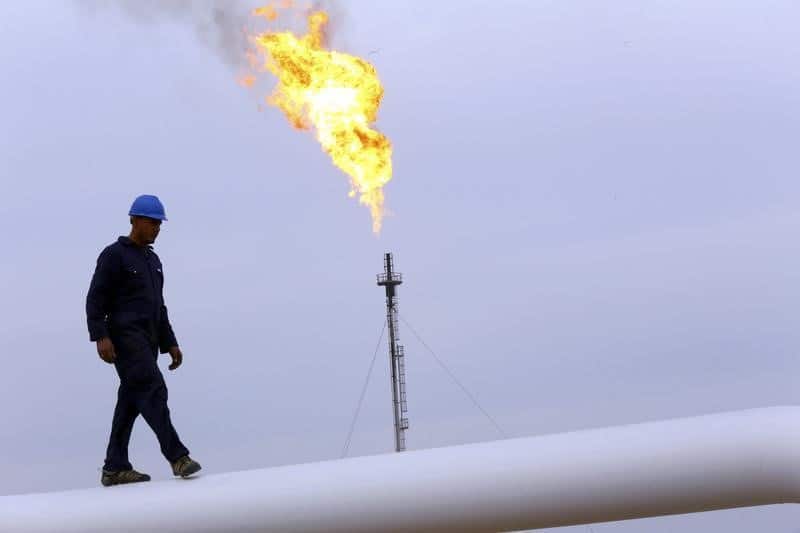
U.S. oil inventories have been volatile of late and crude prices have been overreaching on their way up and down, depending on whether the data shows a stockpile build or drop.
But when the head of the International Energy Agency, or IEA, cautions about the damage $100 a barrel can do to the economy, especially when U.S. crude stockpiles come in three times more than forecast, expect the “damage” to oil bulls to be worse.
Oil prices fell 3% for a second day in a row to show a net loss of 7% on the week — that wiped out all of last week’s 5% gain — as IEA chief Fatih Birol’s warning about the hazards of triple-digit pricing coincided with a large crude stockpile build reported by the U.S. government.
New York-traded West Texas Intermediate, the benchmark for U.S. crude, settled Wednesday’s trading down $3.08, or 3.5%, at $85.83 per barrel, extending the near 4% slide from two previous sessions. WTI hit a three-month high of $93.74 on Monday.
London-traded Brent, the global benchmark for oil, settled down $2.71, or 2.8%, at $92.65, adding to the 3.2% drop between Monday and Tuesday. Earlier this week, Brent came within cents of touching $100, with a session high of $99.56.
Crude inventories jumped by 3.925 million barrels during the week to Nov. 4, the Washington-based Energy Information Administration, or EIA (not to be confused with Birol’s Paris-based IEA), said. The market had expected a build of 1.36M barrels instead. In the previous week to Oct. 28, crude inventories saw a drop of 3.115M in stockpiles.
Distillate stockpiles fell by 0.521M barrels last week versus a forecast drop of 0.8M. In the previous week, distillates saw a build of 0.427M.
Gasoline inventories, meanwhile, dropped by 0.899M barrels, against expectations for a draw of 1.08M barrels, the EIA said. In the previous week, gasoline saw a drop of 1.257M in stockpiles.
Total U.S. gasoline consumption for last week was impressive at 9.011M barrels per day, versus the previous week’s 8.66M bpd.
But other key statistics like crude exports and production were disappointing.
Crude exports have stabilized at around 3.5M barrels per day from the 5M bpd peak of two weeks ago, and withdrawals from the SPR appeared to be their last gasp of around 3M barrels per week.
U.S. crude production, meanwhile, has jumped to 12.1M bpd, up 200,000 from the previous week.
Birol, the executive director at the IEA, added to oil’s bearish case when he said prices flirting with $100 per barrel were “a real risk to the global economy”.
“OPEC+ production cuts could push inflation even higher and weaken the global economy,” Birol added.
The IEA chief’s warning touched on an area that had been overlooked of late as OPEC+, officially led by Saudi Arabia, with allies steered by Russia, pushed ahead with maximizing revenue for its oil by announcing a production cut of 2M barrels per day from this month even as global crude supplies were in a structural deficit.
Oil bulls’ support for OPEC+ isn’t surprising as they typically support every supply crunch — real or artificial. But many are also hoping inflation would cool enough for the U.S. Federal Reserve to step away from the jumbo-sized rate hikes it has been doing since March.
“I’ve been saying this for a while and I’ll say it again: If oil goes well beyond $100, how in the world would inflation go down meaningfully given the energy input in almost everything we consume?” said John Kilduff, partner at New York energy hedge fund Again Capital. “You don’t need a Harvard degree in economics to ask that question.”